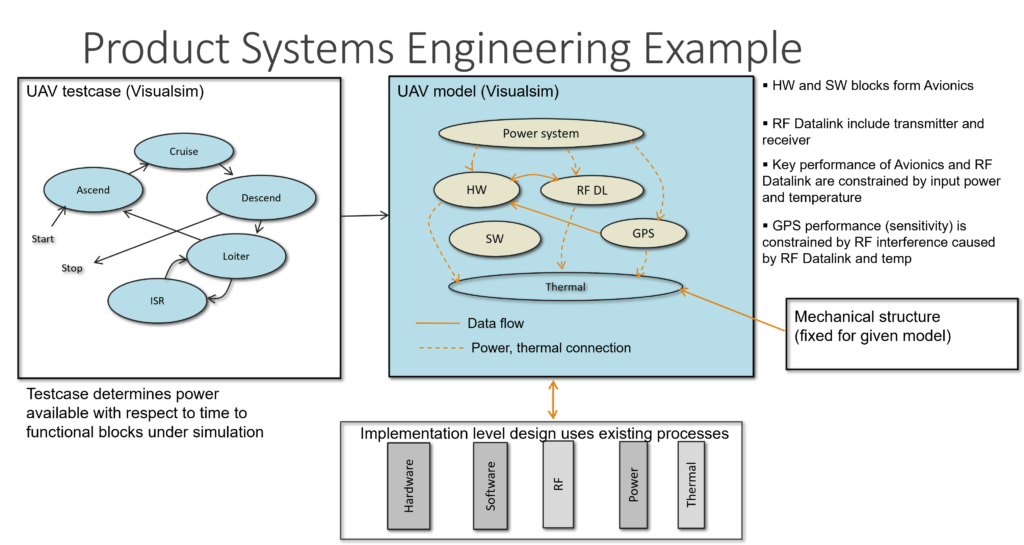What are the architecture challenges in avionics?
There are a number of challenges that can arise in the architecture of avionics systems, including:
1. Complexity: Avionics systems can be complex, with many different components and subsystems that need to be integrated and tested. This can make it difficult to design and build an architecture that is reliable, scalable, and easy to maintain.
2. Safety and reliability: Avionics systems are critical to the safety and operation of aircraft, so they must be extremely reliable. This can pose challenges in the design of the architecture, as it must be able to withstand a wide range of operating conditions and failures.
3. Interoperability: Avionics systems often need to interoperate with a wide range of other systems and devices, including navigation systems, communication systems, and sensors. Ensuring that these systems can work together seamlessly can be a challenge.
4. Integration: Avionics systems often need to be integrated with other systems on the aircraft, such as electrical systems, fuel systems, and mechanical systems. This can be a complex process that requires careful coordination and planning.
5. Certification: Avionics systems must meet strict safety and performance standards in order to be certified for use on aircraft. This can be a challenging process that requires extensive testing and documentation.
By addressing these challenges and following best practices in the design and development of avionics systems, it is possible to build reliable and effective systems that meet the needs of aircraft operators.
#design #development #communication #architecture #safety #planning #aircraft #avionics
